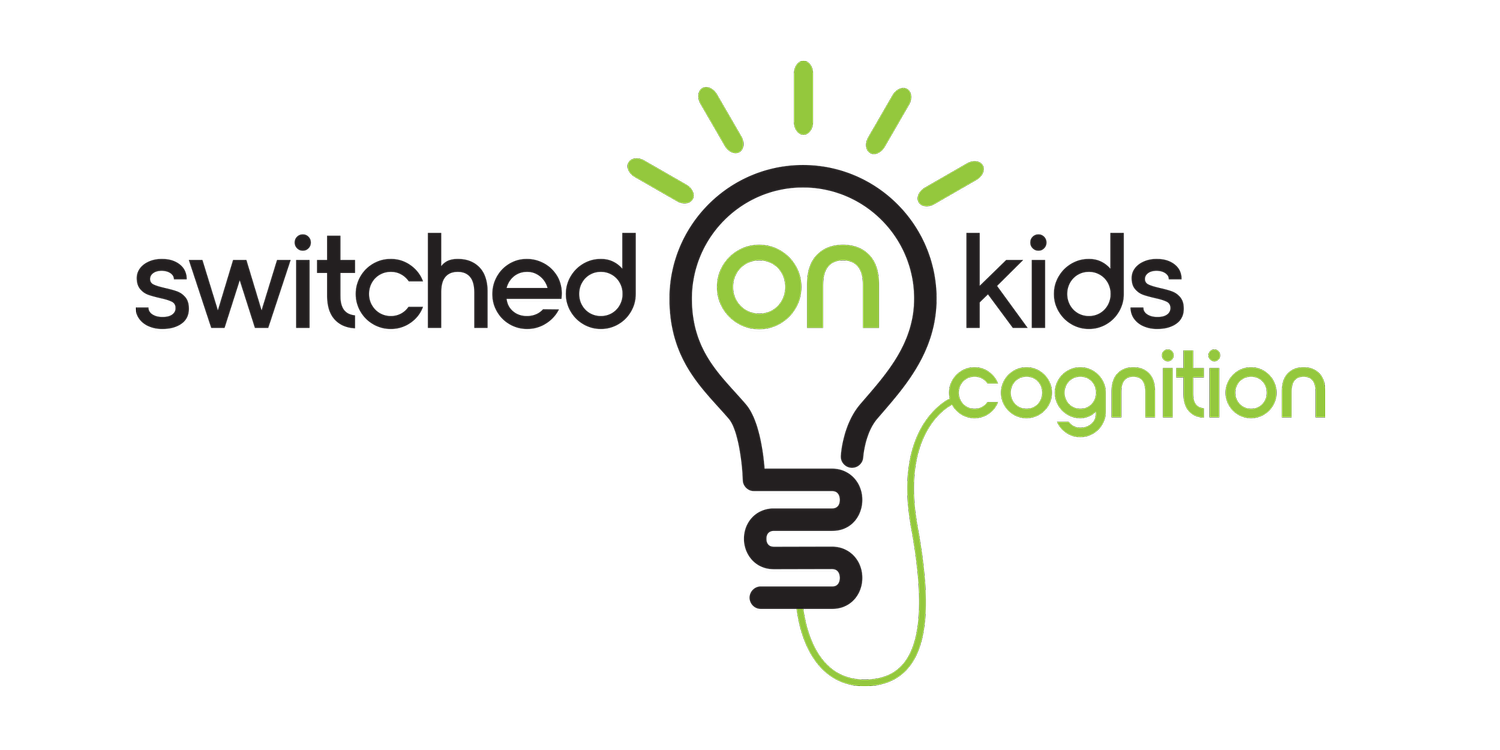Sensory processing
Over time my understanding of neurodivergence and mental health conditions has changed quite profoundly. My Psychology PhD was heavily focused on “clinical” categories as outlined in the Diagnostic and Statistical Manual of Mental Disorders (DSM-V). I don’t like the term “mental disorders” and tend to use the terms neurodivergence or mental health conditions to describe autism, ADHD, developmental language disorder (DLD), tic disorders, OCD and associated anxiety and depression. Even these labels fail to capture the key elements of what is going on for the individual. On a positive note, specific diagnoses can help people to find their tribe and connect with others with similar experiences. The autism community is a great example of a community based on acceptance, focusing on celebrating strengths.
Something that strikes me in my work is the co-occurrence between different neurodivergences and the overlap between neurodivergent conditions and sensory processing difficulties or sensitivities. A recent study published in POLSOne found that over three-quarters of children (76.2%) with a diagnosis of autism have traits of other neurodivergent subtypes – most commonly ADHD (56%), learning and motor differences. The results of this study confirm what I have thought for a long time – it is time to move towards more holistic ways of thinking, models of care and support.
There is a wealth of research on the overlap of different neurodivergences (and the co-occurrence of different neurodivergent conditions within families). Individuals with both autism and ADHD use the term AuDHD – I suspect that you could probably add anxiety to this mix (particularly for women) but AuDHDAnx gets to be a bit of a mouthful. I rarely (if ever?) meet a child or adult with only one diagnosis. I also very rarely (if ever) meet a child or adult who does not also have co-occurring anxiety or depression associated with the challenges of fitting into a noisy, overwhelming and pressured world.
There is also a striking overlap between neurodivergence and sensory processing differences/difficulties. My child’s first diagnosis was “sensory processing disorder” (note, this is not an “official” DSM diagnosis). I have heard the same from many parents and the association between sensory processing difficulties and later DSM diagnoses is well established. Type autism and sensory processing into Google Scholar to read 500,000 articles, ADHD and sensory processing - 100,000 articles, DLD and sensory processing – 20,000 articles, and anxiety and sensory processing – 500,000 articles! While it is impossible to read them all, the consensus is that there is a strong association between neurodivergence, sensory sensitivities and mental health conditions including anxiety and depression. A childhood diagnosis of sensory processing disorder is significantly associated with a higher likelihood of an adult anxiety disorder due to difficulties regulating emotions [1]. There is also a strong association with sensory processing difficulties in childhood/adolescence and obsessive-compulsive disorder [2] and a range of different psychiatric disorders [3].
I don’t think this is surprising to those of us parenting a neurodivergent child or who are neurodivergent ourselves. Things to look out for include:
Specific dislike of certain clothes and fabrics. Tactile defensiveness is very common in neurodivergent children, and many hate the feeling of tags and seams on clothing, socks and stockings.
Touch sensitivities – some children will jump when you touch them or are extremely ticklish, while others crave deep pressure and constant touch. People with high autistic traits have stronger electrical brain activation responses (measured via EEG) when shown pictures of another human being touched [4]!
Visual sensitivities – avoidance or fascination with bright lights, specific visual images, visual aura and migraines.
Auditory sensitivities – dislike of noisy environments, sound sensitivity, dislike/fear of certain sounds. Everything feels too loud, and people may have problems conversing in noisy environments. Issues with sound tolerance can be divided into two conditions: Hyperacusis – perceiving sounds as excessively loud or painful and misophonia – a heightened emotional reaction to a specific sound(s), e.g., the sound of others chewing. Both hyperacusis and misophonia are associated with a range of mental health conditions [5].
Taste sensitivities – preference for certain textures, tastes and foods. There is strong overlap with autism, anorexia nervosa and avoidant restrictive food intake disorder (AFRID) [6].
Smell sensitivity – neurodivergent children often have a strong sense of smell and may avoid certain aromas.
And, if all of these sensory challenges were not complex enough – there is also a strong association between sensory processing and executive functioning skills [7]. Research shows that sensory sensitivity is associated with poorer executive function skills, reduced attention, decreased on-task behaviour, increased impulsivity, and reduced effortful control [8]. It makes sense that if your sensory system is in hypervigilance mode you will find it difficult to stay on task, regulate emotions, plan, organise and make complex decisions.
For the most part sensory processing difficulties tend to be the domain of occupational therapists (OTs) while anxiety and associated mental health conditions tend to be the domain of psychologists. However, the research clearly shows the overlap and enables a deeper understanding of how tough certain school and work environments can be.
And … if you want ALL of the tools to help your child with executive functions skills and emotion regulation - I have a VERY reasonably priced short course that includes all of the information you need here Executive Functions Course
References
1. McMahon, K., et al., A path from childhood sensory processing disorder to anxiety disorders: The mediating role of emotion dysregulation and adult sensory processing disorder symptoms. Frontiers in Integrative Neuroscience, 2019. 13: p. 452078.
2. Cervin, M., Sensory processing difficulties in children and adolescents with obsessive-compulsive and anxiety disorders. Research on Child and Adolescent Psychopathology, 2023. 51(2): p. 223-232.
3. van den Boogert, F., et al., Sensory processing difficulties in psychiatric disorders: A meta-analysis. Journal of Psychiatric Research, 2022. 151: p. 173-180.
4. Peled‐Avron, L.et al. Don't touch me! autistic traits modulate early and late ERP components during visual perception of social touch. Autism Research, 2017. 10(6): p. 1141-1154.
5. Rodrigues, A.L.M., Occurrence of Psychiatric Comorbidities in Hyperacusis and Misophonia-a Systematic Review. 2023.
6. Inoue, T., et al., Prevalence of autism spectrum disorder and autistic traits in children with anorexia nervosa and avoidant/restrictive food intake disorder. BioPsychoSocial Medicine, 2021. 15(1): p. 9.
7. Brown, T., E. Swayn, and J.M. Pérez Mármol, The Relationship between children’s sensory processing and executive functions: An exploratory study. Journal of Occupational Therapy, Schools, & Early Intervention, 2021. 14(3): p. 307-324.
8. Diamant, R.B. and N. Smet, Relationships Between Sensory Processing, Temperament Characteristics for Effortful Control, and Executive Function in School-Age Children. The Open Journal of Occupational Therapy, 2024. 12(1): p. 1-14.


